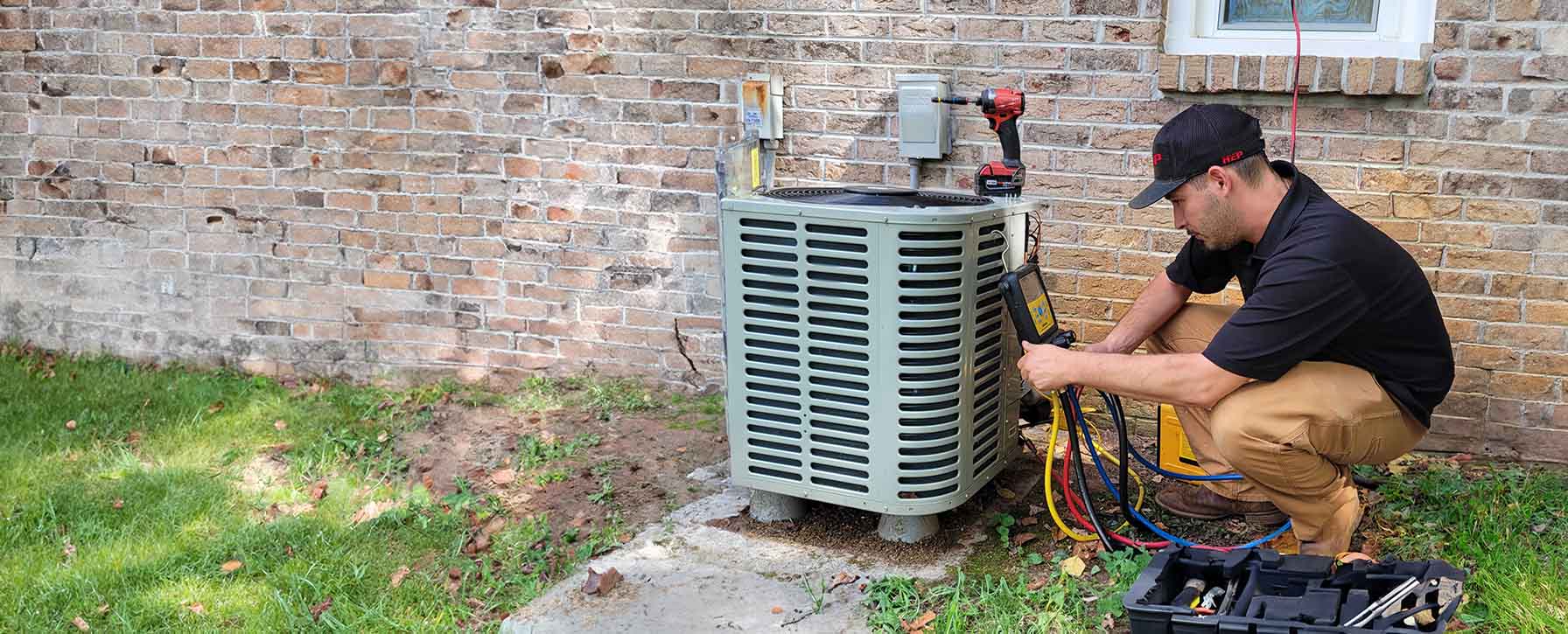

Indoor Humidity Levels
Your trusted partner for professional home services. Quality workmanship, guaranteed satisfaction.




- HEP
- Indoor Humidity Levels
Indoor Humidity Levels | Dehumidifier Installation | Heating and Air Conditioning | Allardt
Breathe easier in your Allardt home with HEP’s indoor humidity levels heating and air conditioning experts on your side. Our team pinpoints moisture problems that lead to mold, musty odors, and warped wood, then pairs you with the perfect whole-home solution. With precision sizing, top-tier equipment, and clean craftsmanship, our dehumidifier installation quickly restores the crisp, comfortable air you crave—without overworking your HVAC system or spiking energy bills.
From the first inspection to the final walkthrough, HEP keeps everything hassle-free. We schedule at your convenience, arrive on time, and back every install with clear warranties and 24/7 customer support. If you’re ready to protect your investment and enjoy healthier air all year long, call or click today and let HEP make humidity one less thing you have to worry about.
FAQs
Why is controlling indoor humidity important in Allardt's climate?
Allardt sits on the humid Cumberland Plateau, where warm summers and frequent rainfall push indoor moisture levels well above the comfort range. Excess humidity fuels mold and mildew growth, aggravates allergies, warps wood floors and furniture, and makes your air conditioner work harder. Keeping humidity in check protects your health, home, and HVAC equipment while making every room feel cooler and less sticky.
What are the recommended indoor humidity levels for homes in Allardt?
The U.S. Environmental Protection Agency and most HVAC manufacturers recommend maintaining indoor relative humidity between 30 % and 50 %, with 45 % considered ideal. Staying in this range prevents microbial growth, dust-mite proliferation, and condensation on windows while optimizing personal comfort. During our muggy Tennessee summers, a whole-home dehumidifier may be needed to stay below 50 % even when the air conditioner is running.
How does a whole-home dehumidifier integrate with my existing HVAC system?
A whole-home dehumidifier is installed in the return-air ductwork, where it pulls moist air from the house, extracts excess water, and sends the dried air back through the supply ducts. The collected moisture drains to a condensate line or pump, so there are no water buckets to empty. The unit is controlled by its own humidistat or tied into a smart thermostat, allowing it to run independently of the air conditioner and maintain a consistent humidity set point year-round.
What signs indicate I need a dehumidifier installation?
Persistent musty odors, visible mold spots, foggy windows, peeling paint, or a clammy feeling even when the AC is on are warning signs. You might also notice allergy flare-ups, excessive dust, higher-than-normal energy bills, or hardwood floors cupping. If a hygrometer shows readings above 55 % RH for extended periods, a dedicated dehumidifier is strongly recommended.
How long does professional dehumidifier installation take and what does it involve?
Most residential installations are completed in four to eight hours. A licensed technician calculates the correct unit size, connects the dehumidifier to the return and supply ducts, installs a dedicated drain line, wires the control circuit, and calibrates the humidistat. Before leaving, the tech tests system airflow, verifies proper drainage, and reviews maintenance steps—such as filter changes—with the homeowner.
Are there energy efficiency or cost-savings benefits to installing a dehumidifier?
Yes. By removing latent moisture, a dehumidifier lets you raise the thermostat 2–3 °F without losing comfort, cutting air-conditioning energy use by up to 10 %. Lower humidity also reduces strain on cooling coils, potentially extending HVAC lifespan. Additionally, preventing mold and moisture damage saves money on future repairs to walls, flooring, and furnishings. Some utility companies offer rebates for ENERGY STAR®-certified dehumidifiers, further improving payback.